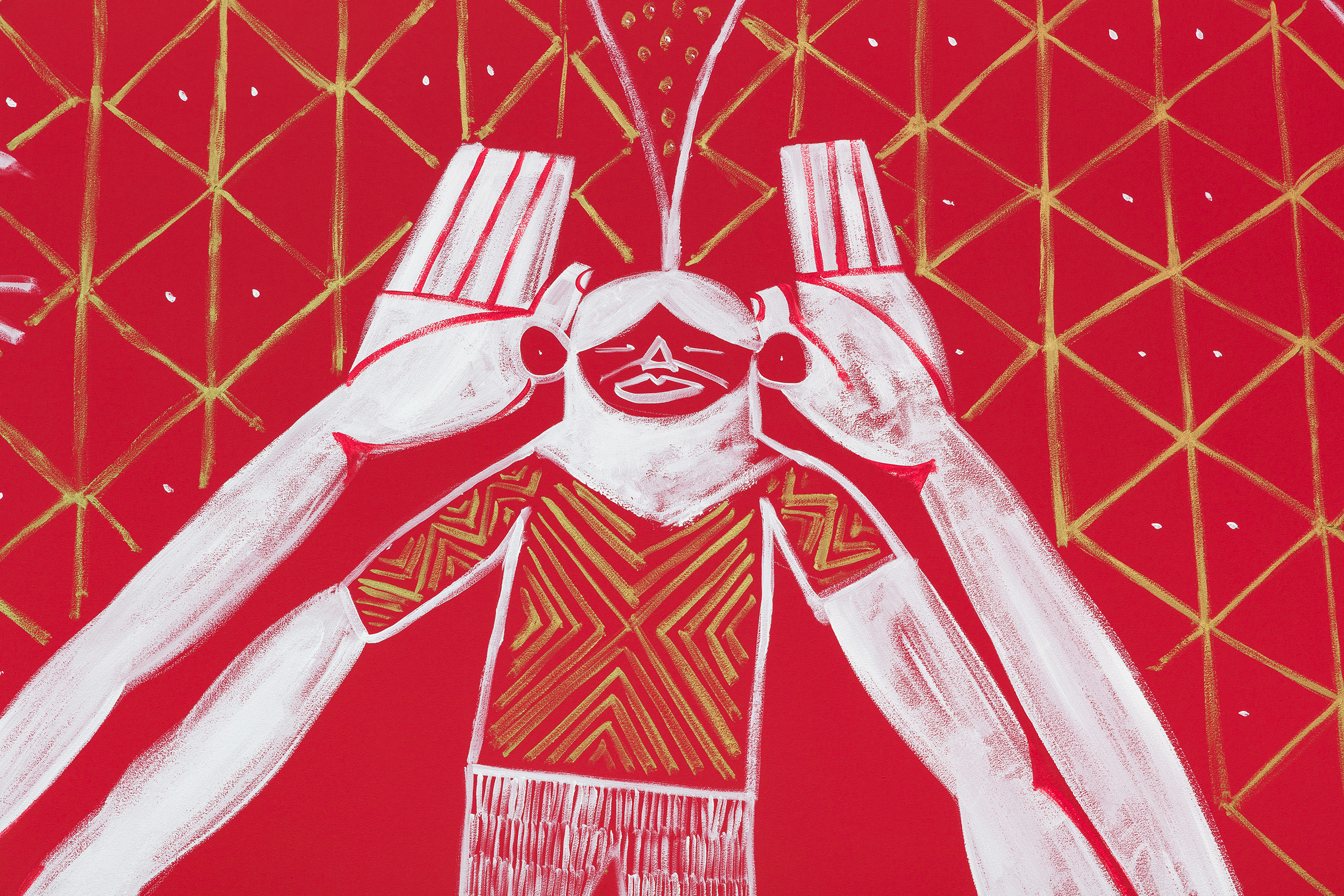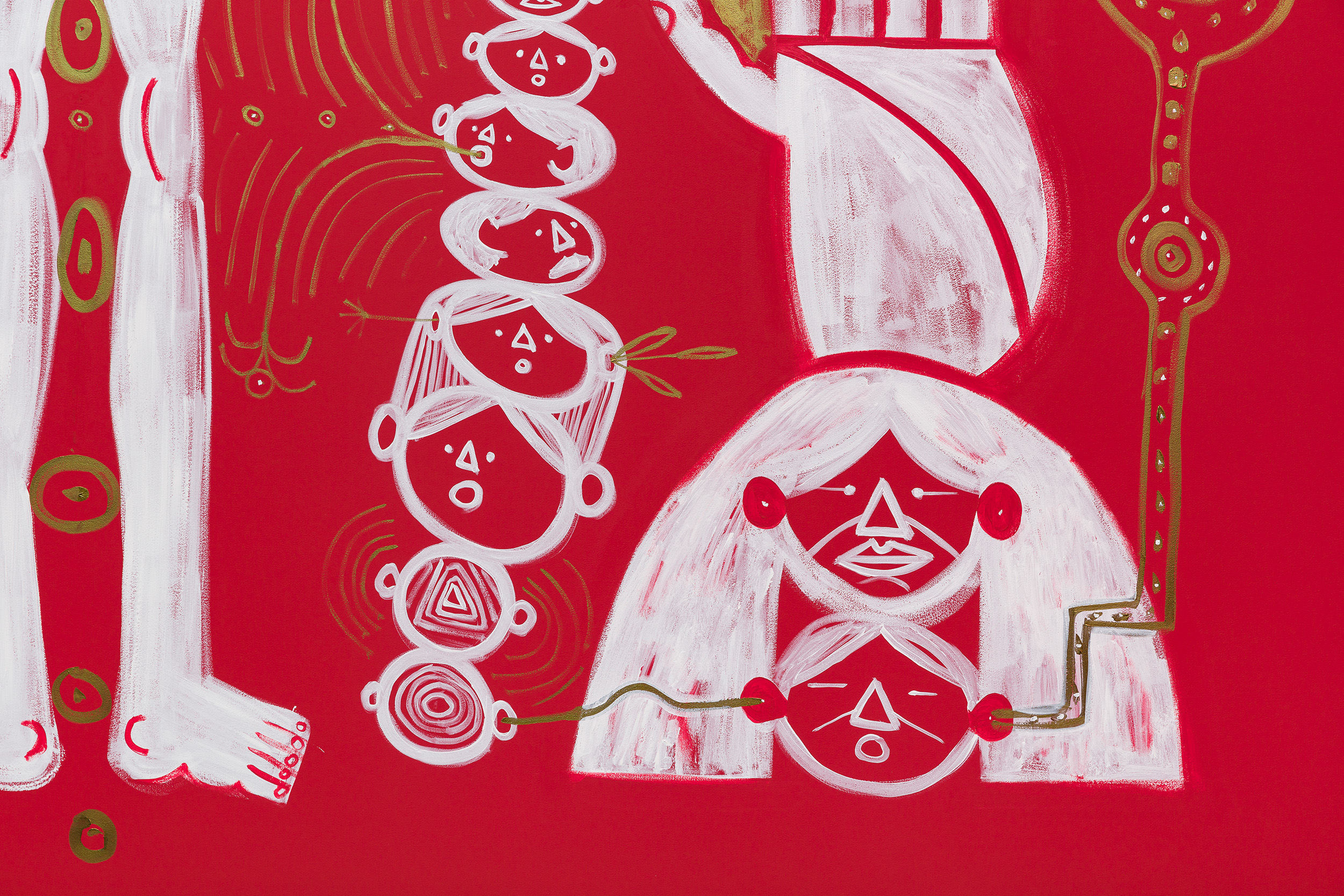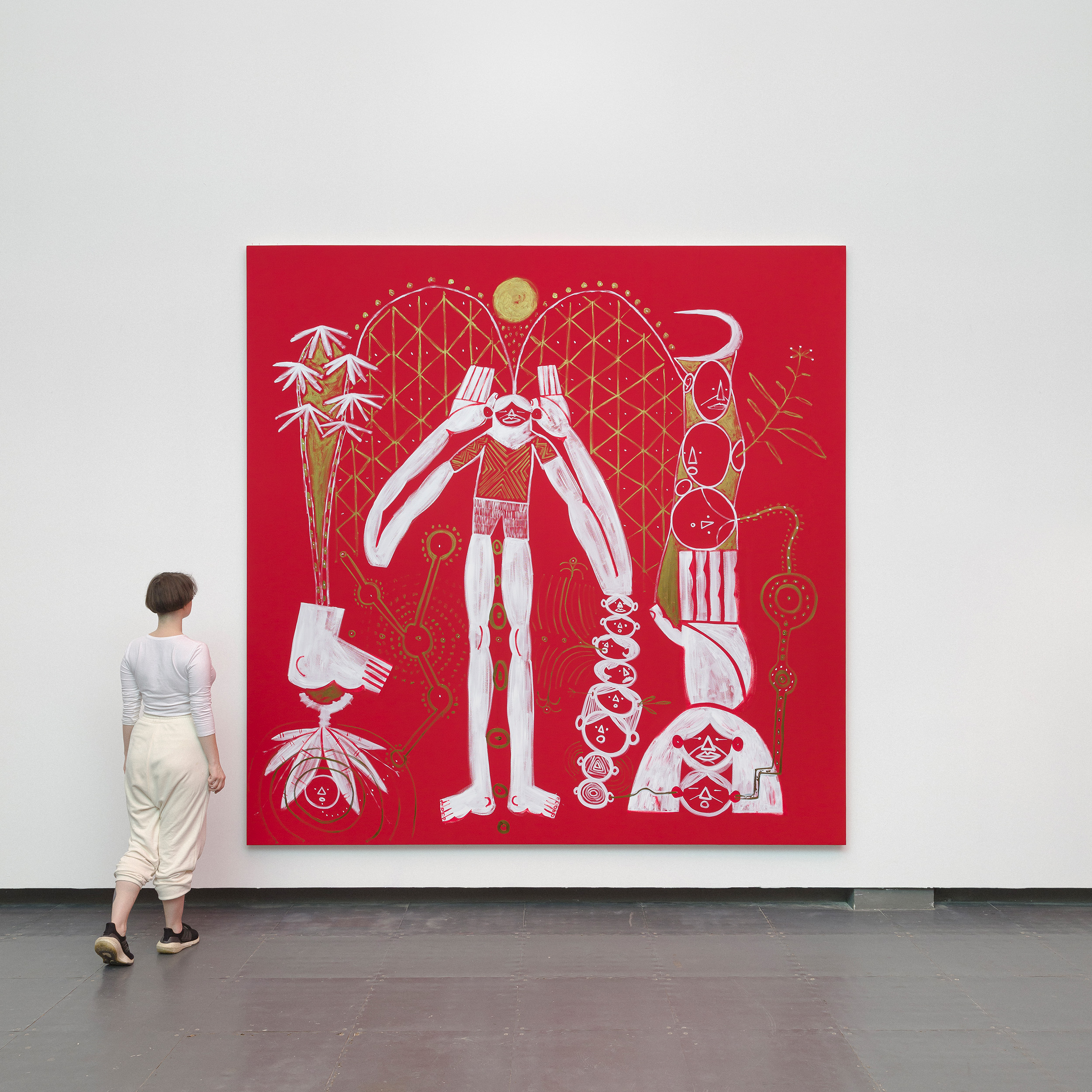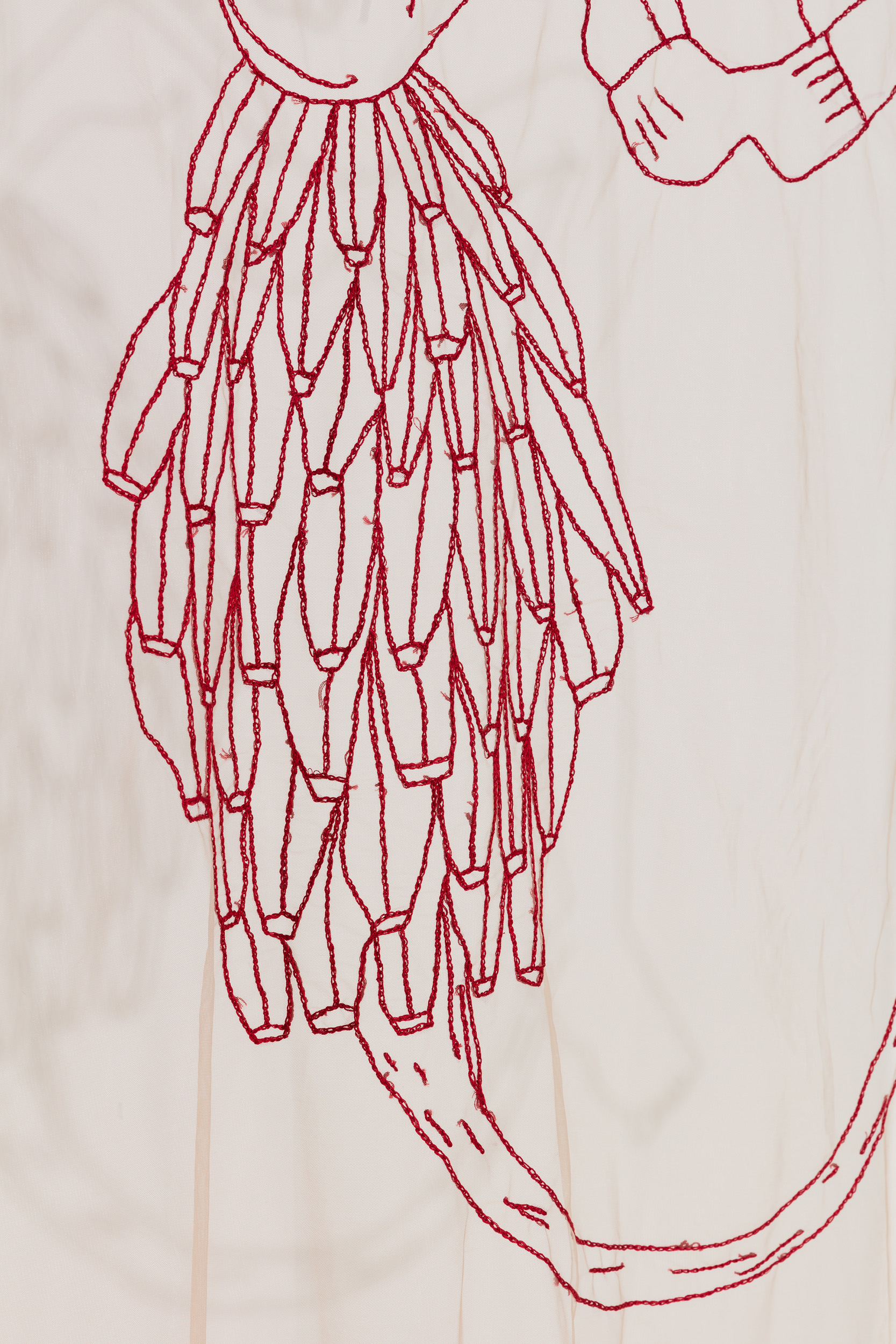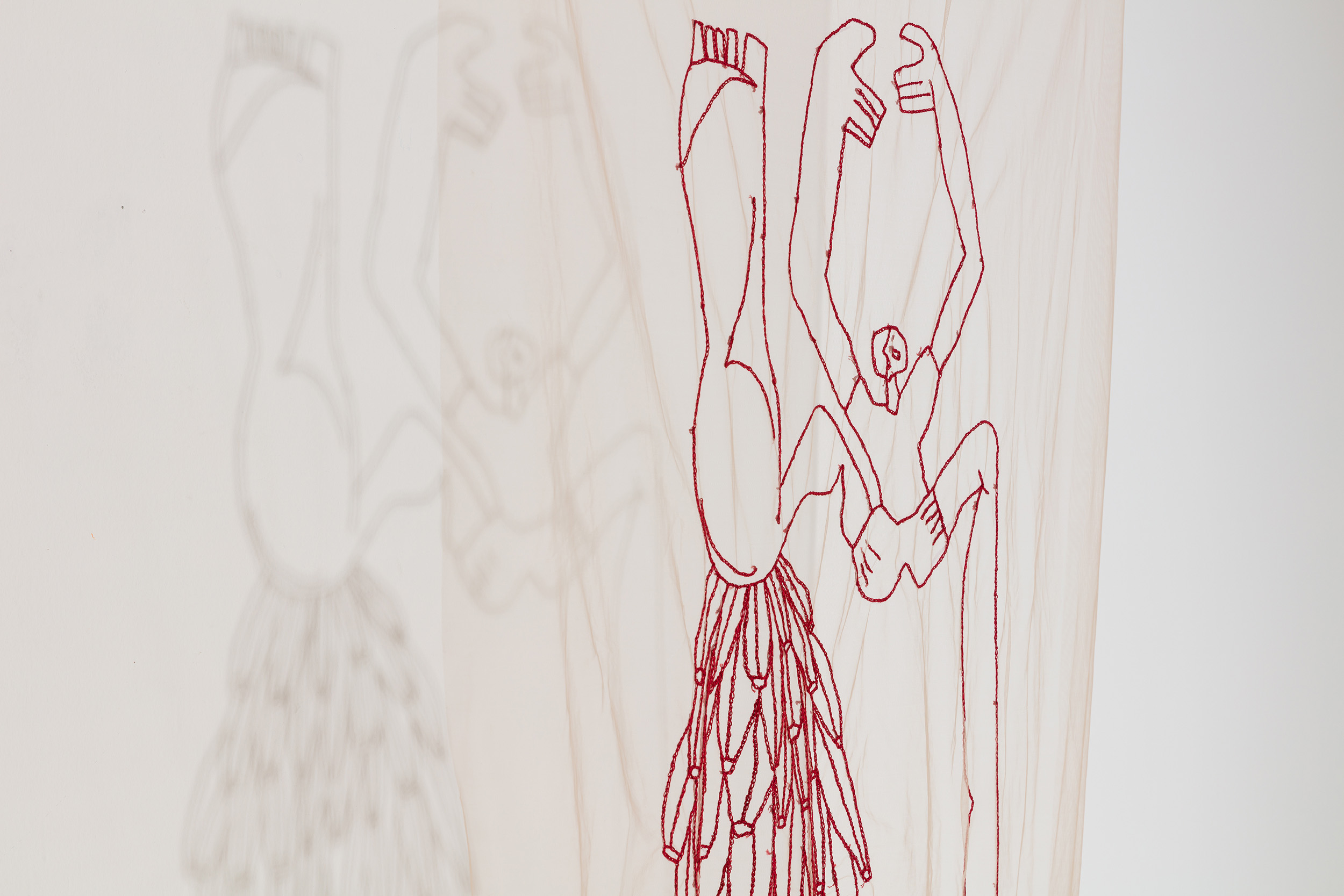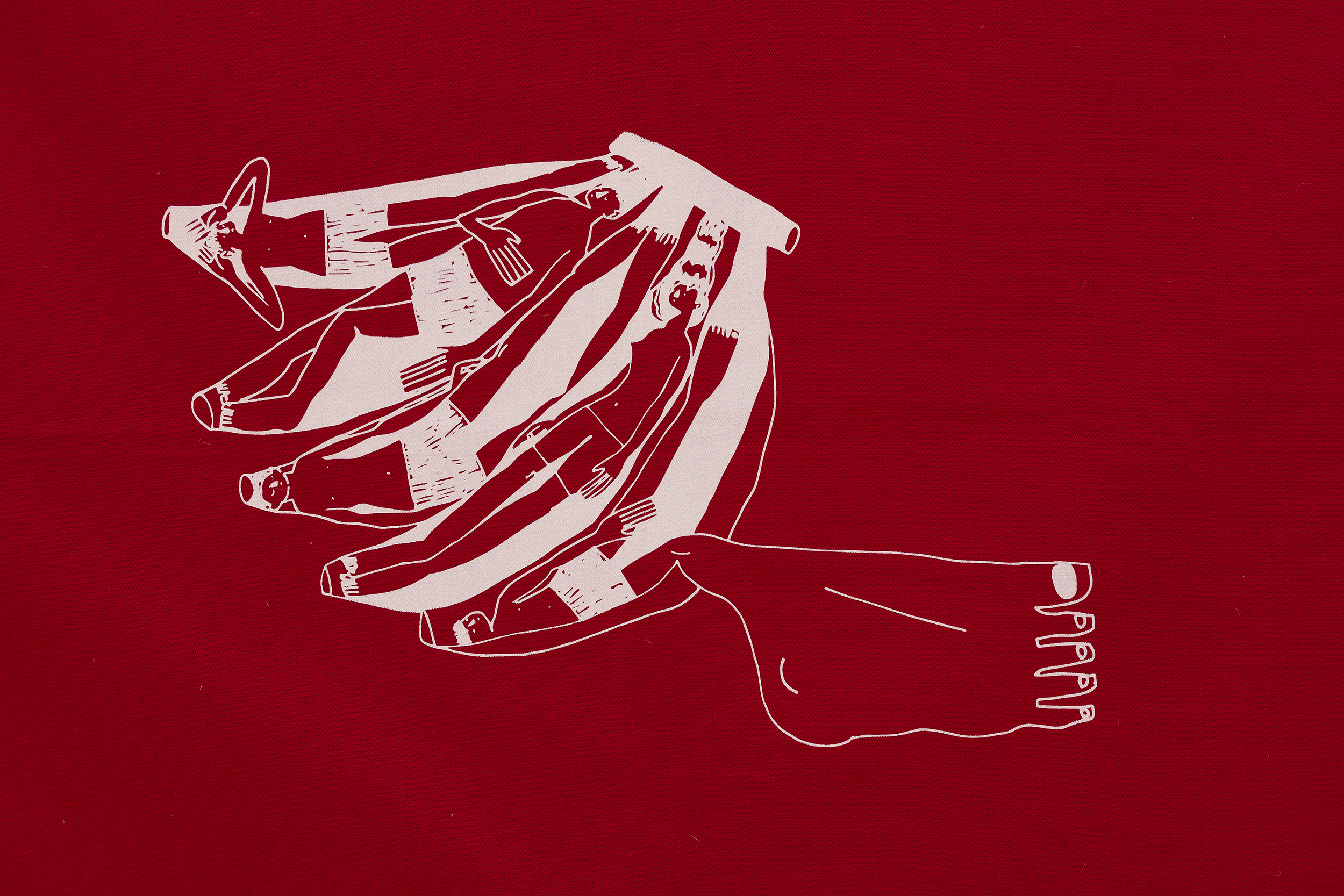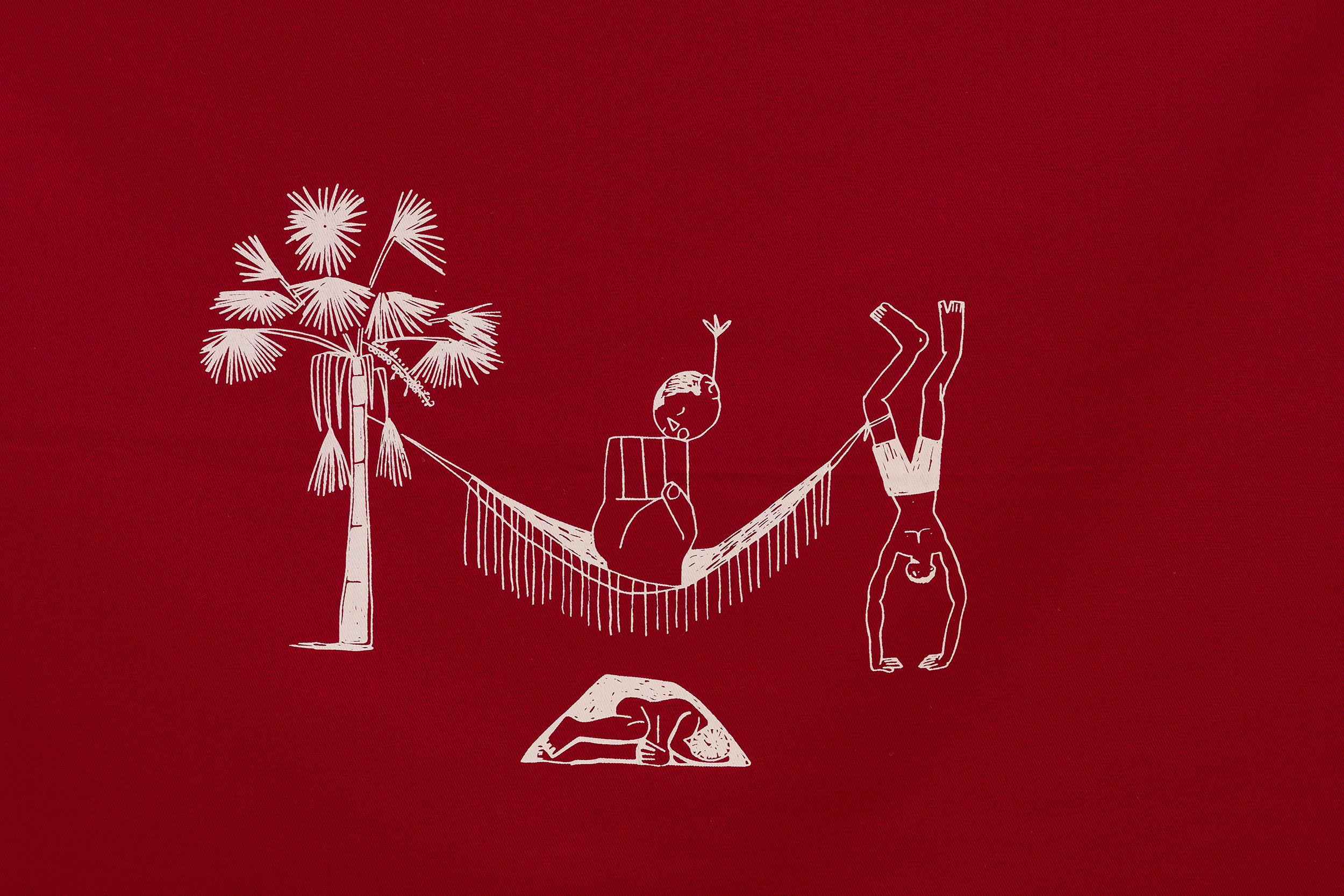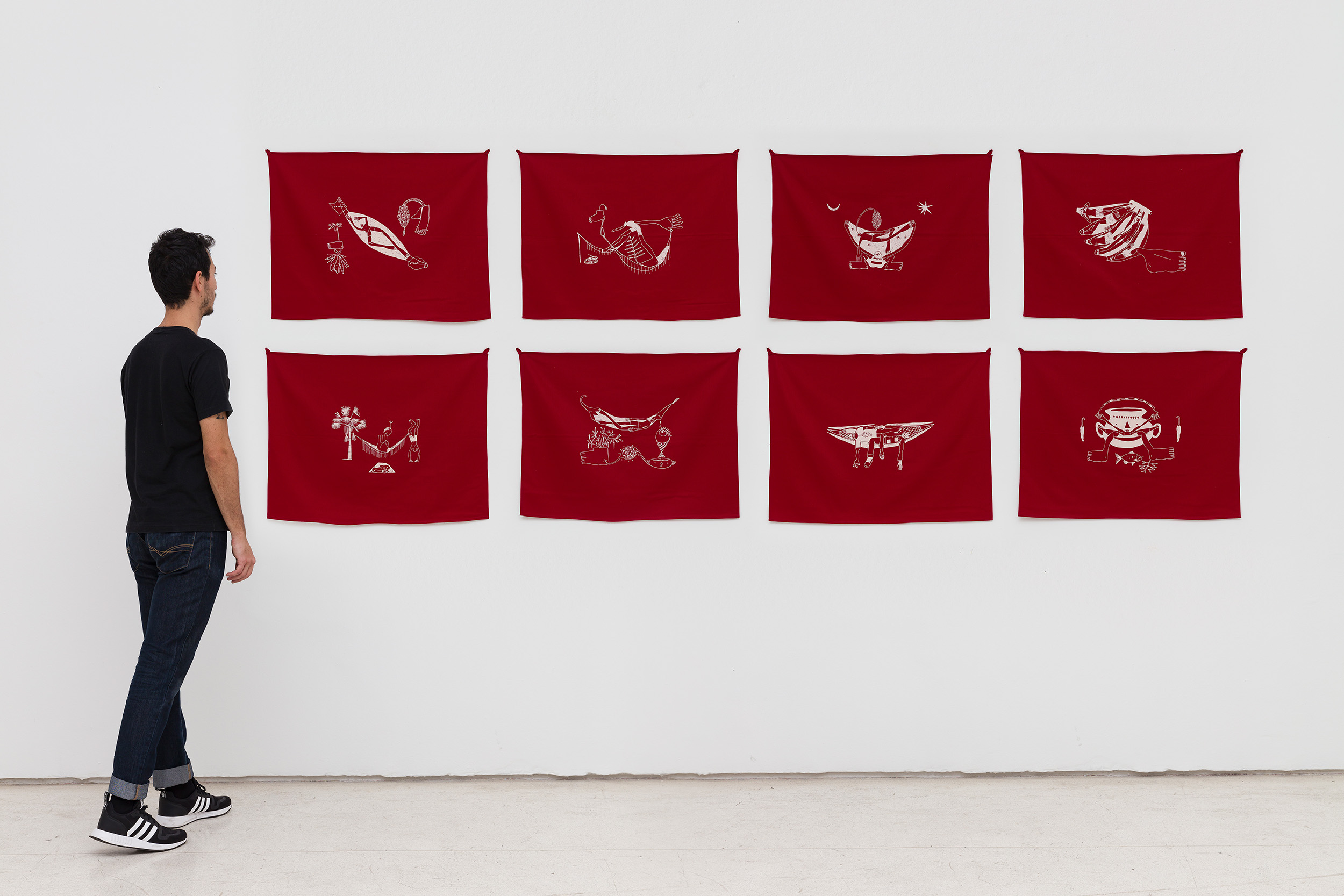ouvir àterra | Millan, São Paulo, 2022 | Photo: Ana Pigosso
ouvir àterra | Millan, São Paulo, 2022 | Photo: Ana Pigosso
ouvir àterra | Millan, São Paulo, 2022 | Photo: Ana Pigosso
ouvir àterra | Millan, São Paulo, 2022 | Photo: Ana Pigosso
ouvir àterra | Millan, São Paulo, 2022 | Photo: Ana Pigosso
ouvir àterra | Millan, São Paulo, 2022 | Photo: Ana Pigosso
ouvir àterra | Millan, São Paulo, 2022 | Photo: Ana Pigosso
Living between Paraná and Roraima, Gustavo Caboco, a multi-artist from the Wapichana people, uses drawing, painting, textiles, animation, performance and language to reflect on the displacements of indigenous bodies and the recovery of memory and to carry out autonomous research in museum collections in order to contribute to the struggle of indigenous peoples. A selection of 20 works from his production will be on display in ouvir àterra at Millan.
In several works the artist includes representations of banana trees, an element he uses to allude to strength and autonomy. “Planting a banana tree is an act of territorialization of memory, it is a course of action to connect to a specific Wapichana landscape and to connect with the memory of our grandparents, like Casimiro, who fought for Wapichana autonomy by planting banana trees and is one of the important Wapichana leaders of our Serra da Lua history,” he explains.
In ouvir àterra, Gustavo also assumes the role of curator, presenting his work in his own terms, and uses different artistic languages as a way of understanding and expressing the issue of indigenous identity and the preservation of memory, not only as remembrance, but as a practice.
Featured among the main indigenous artists of today, with group exhibitions such as Vaivém, at Centro Cultural Banco do Brasil; Véxoa at Pinacoteca de São Paulo; and the 34th Bienal de São Paulo, Gustavo Caboco’s biography, researching his indigenous origin, is the guiding thread of his work. Born in the capital of Paraná, he grew up in an urban environment listening to the stories of his mother, Lucilene, a Wapichana from the Canauanim indigenous land, in the municipality of Cantá, in Roraima. She left the village at the age of 10, in 1968, and only returned in 2001 – when Gustavo was introduced to his grandmother and indigenous family members, something fundamental in defining his future as an artist.
“Opening the body to listening as the gesture that steadys us on the ground. Dedicating attention as a way of creating roots, as a form of relating to the living matter that is the soil. Being able to discern what the land says, understand its voice.”
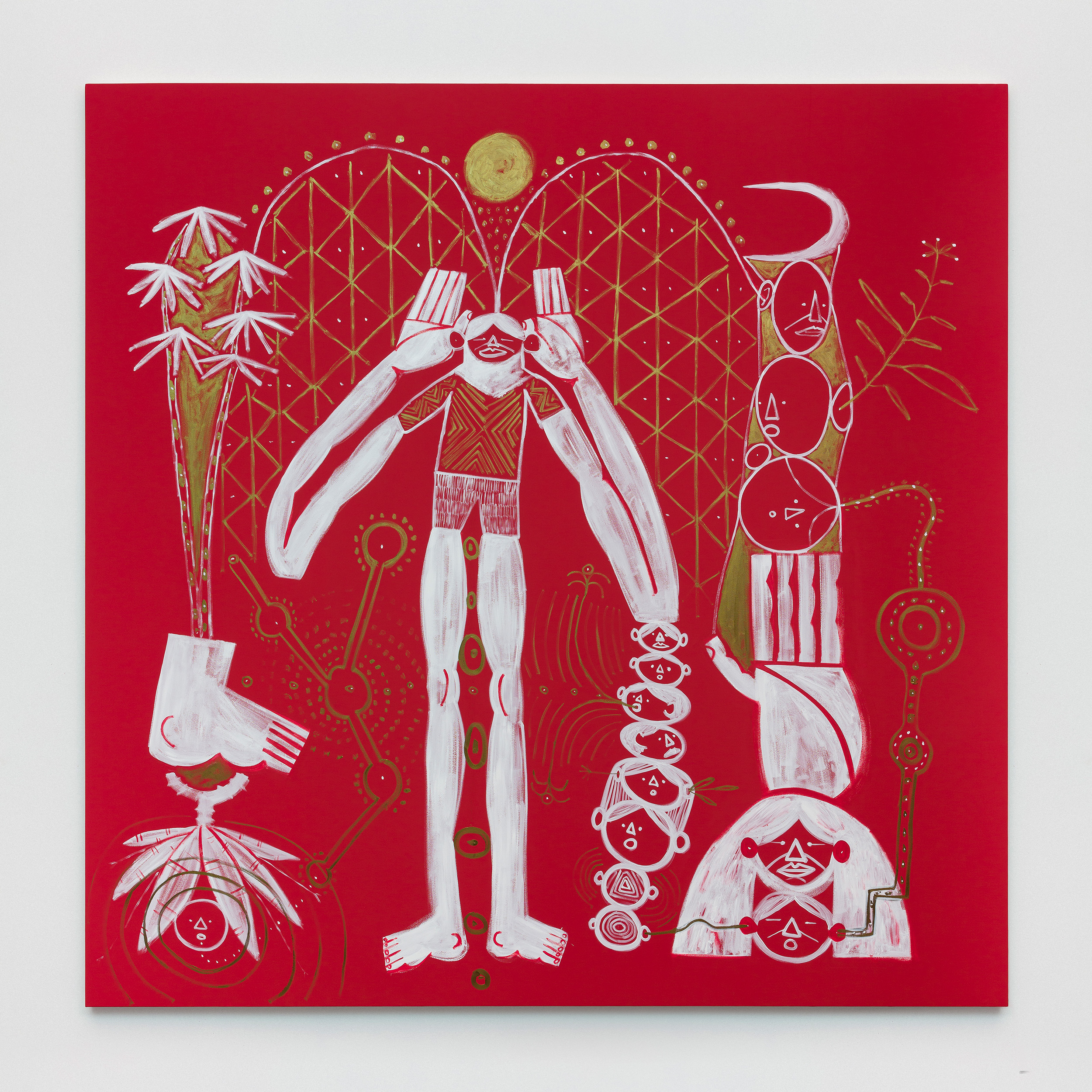
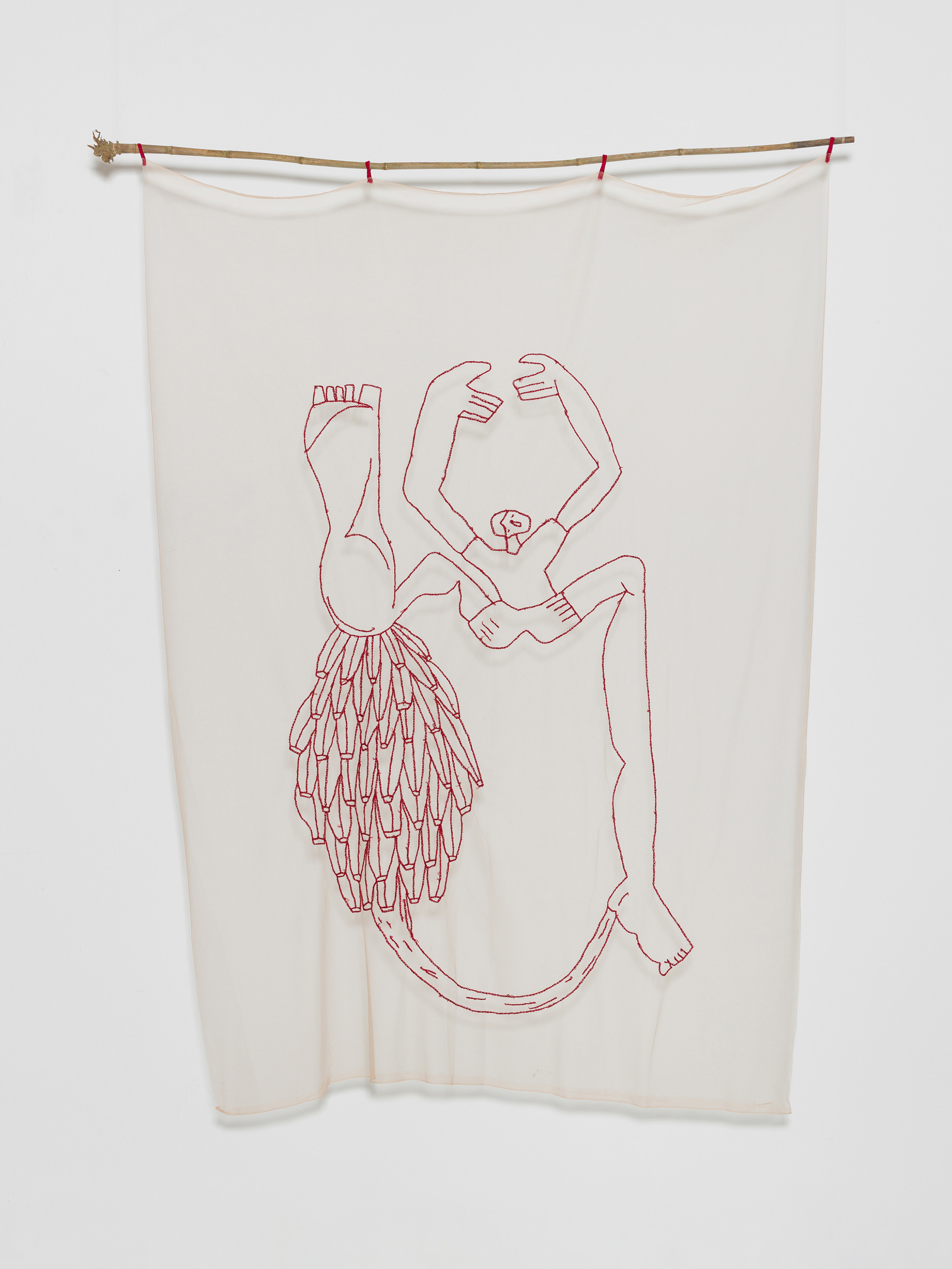
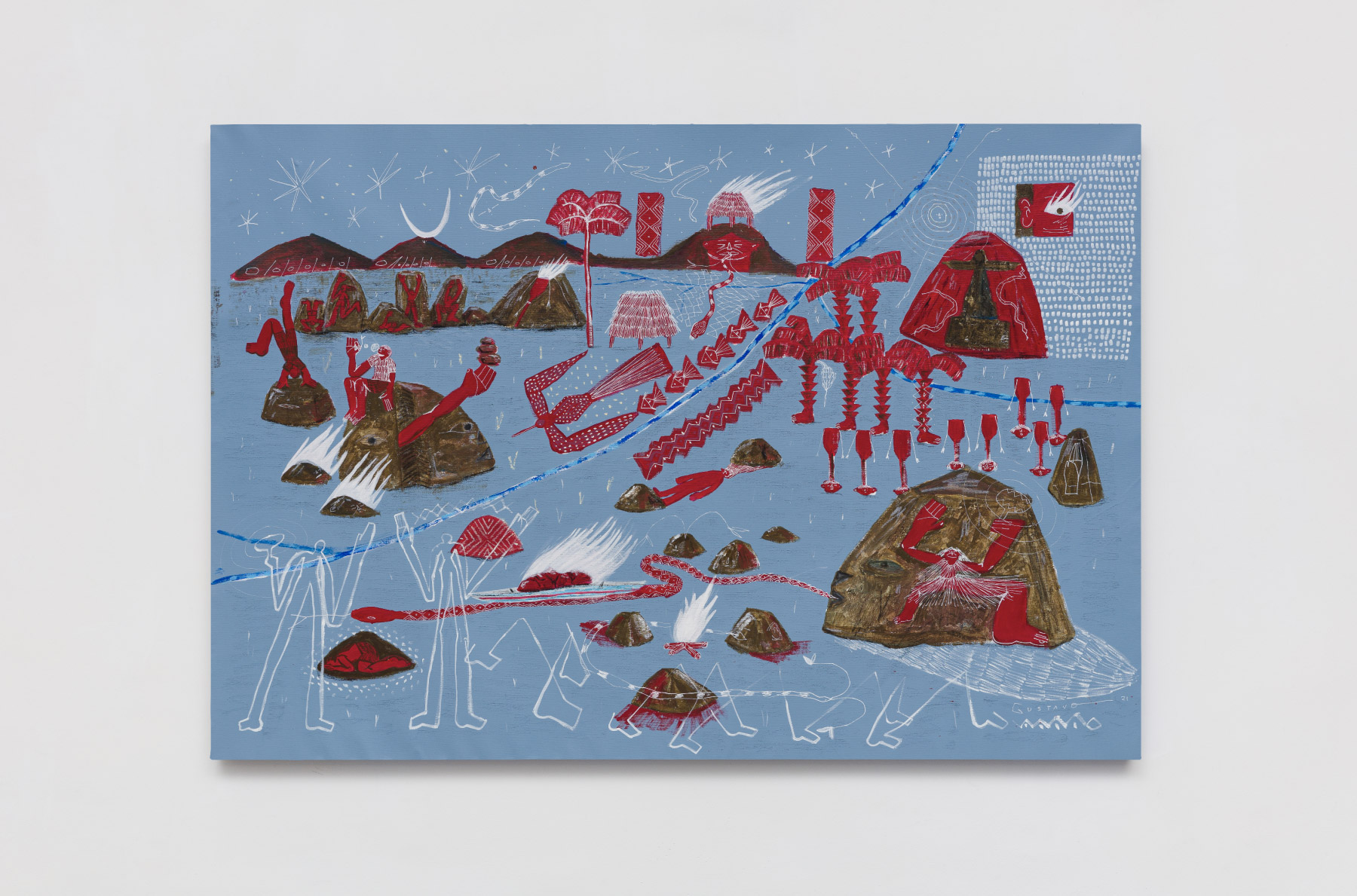
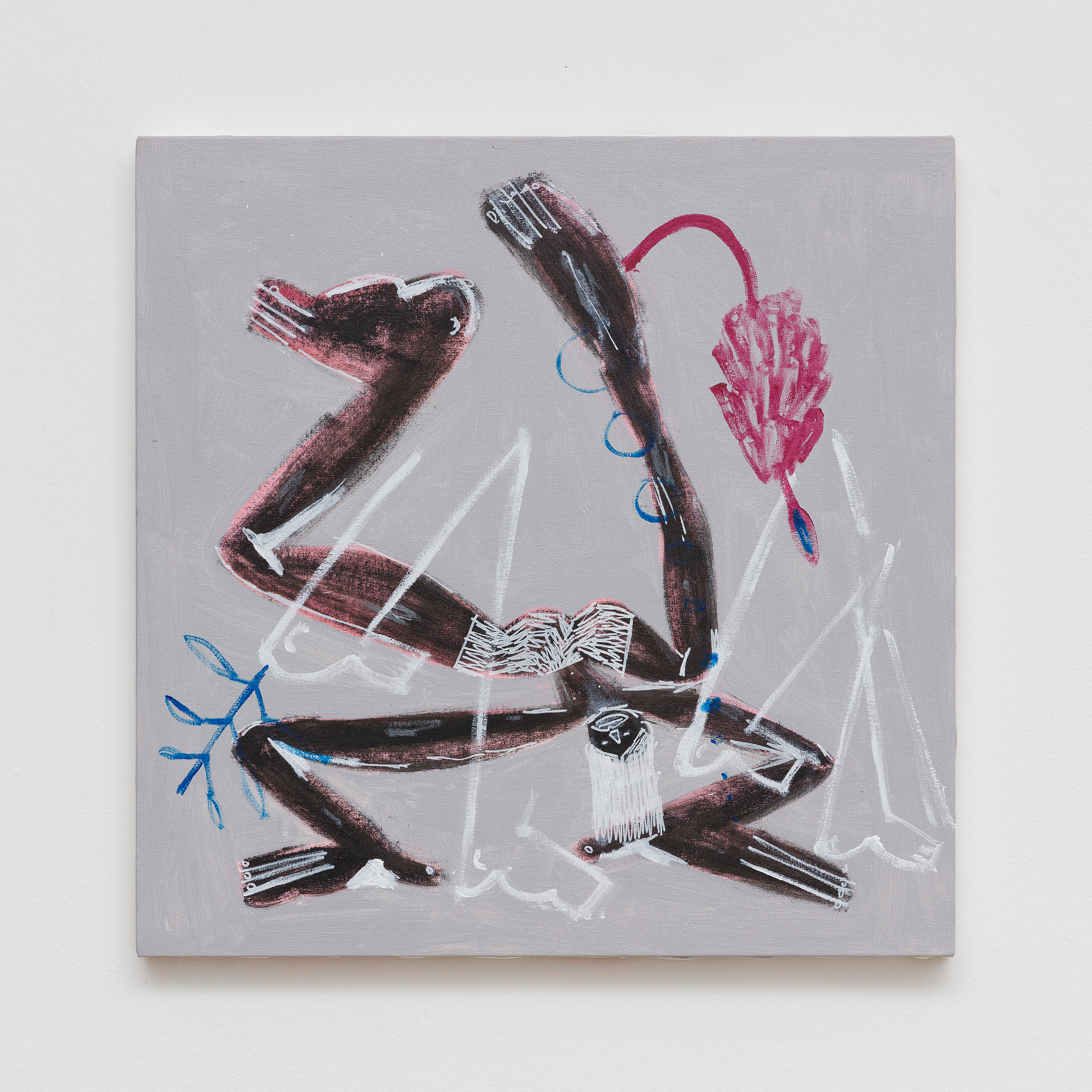
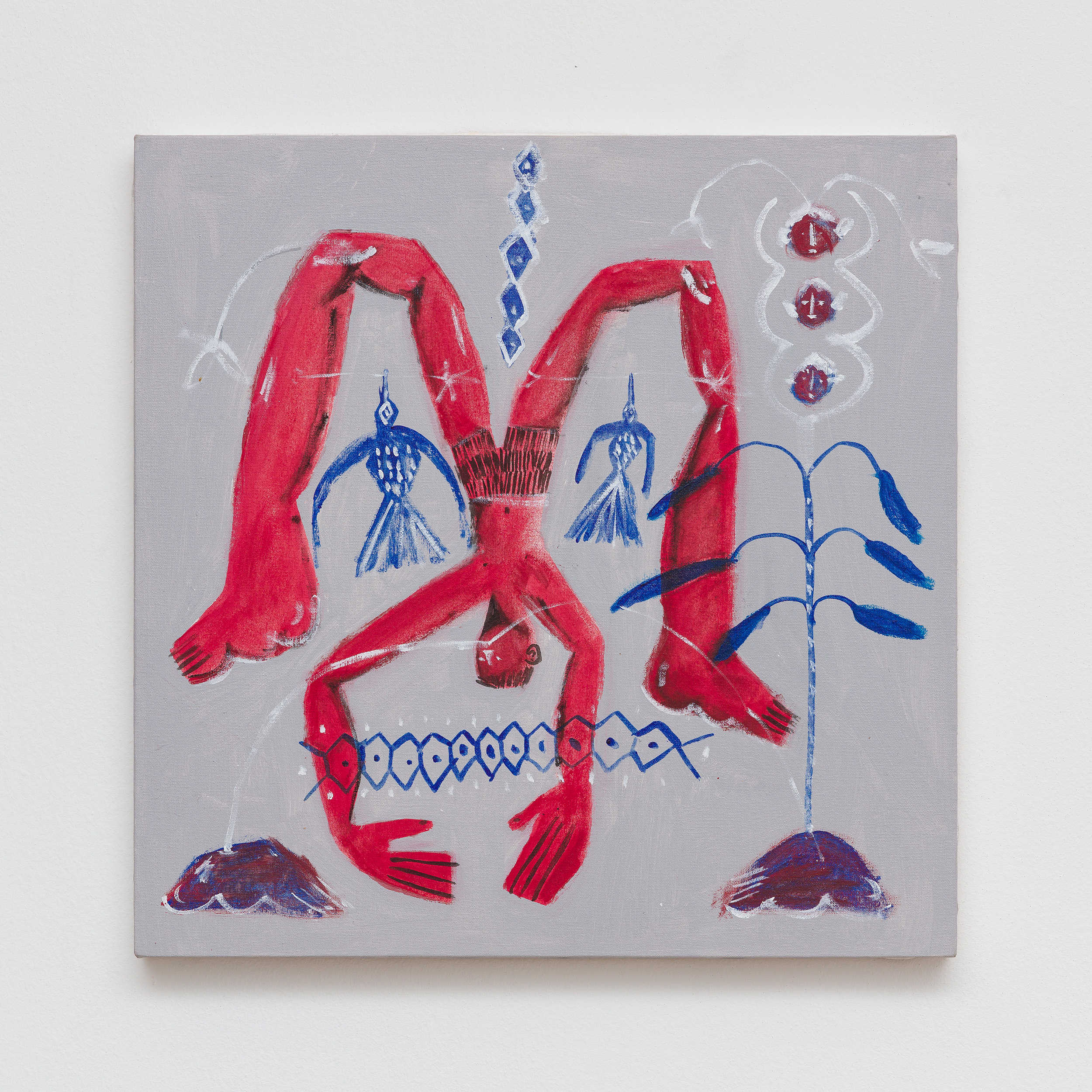
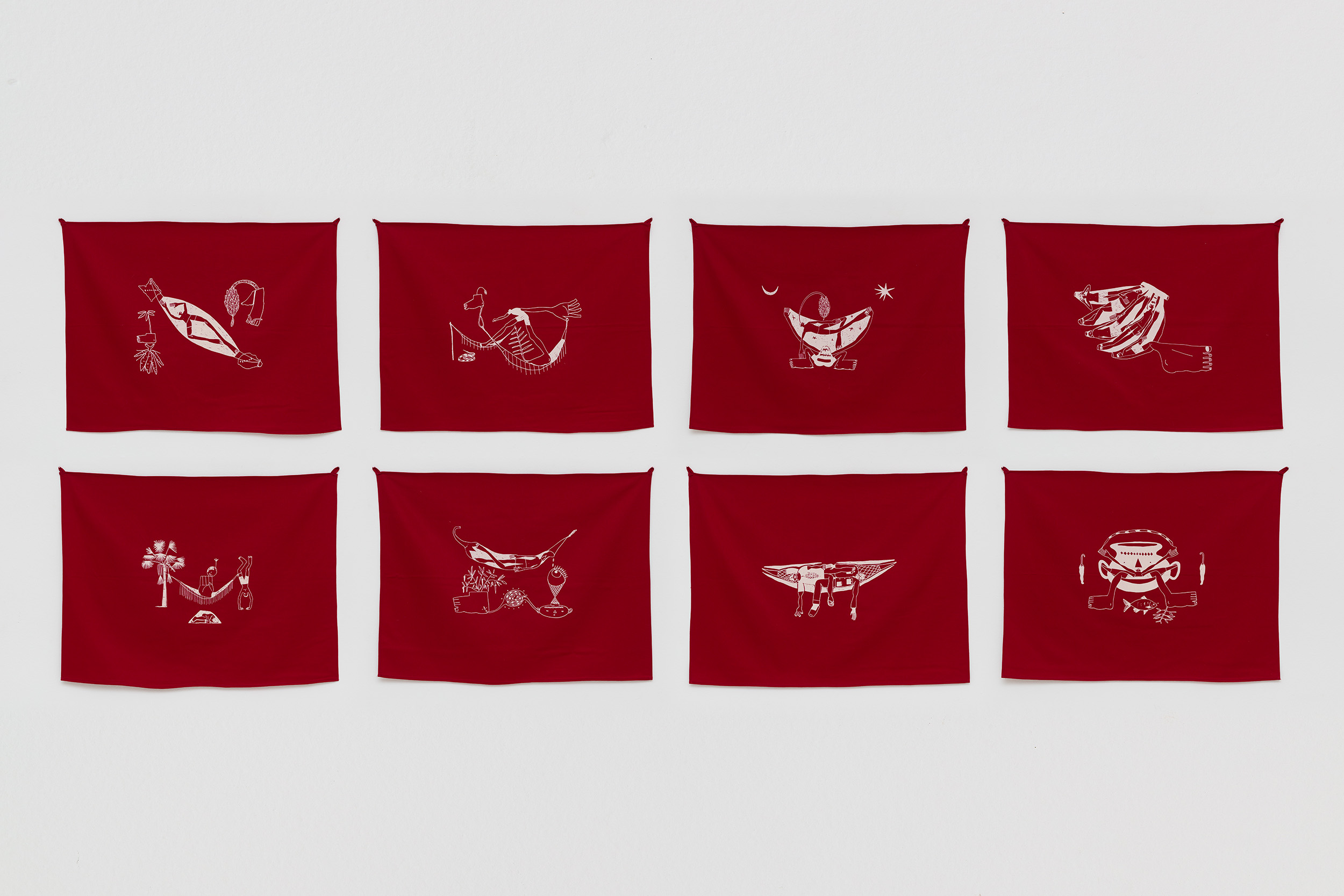
São Paulo, Brazil
São Paulo, Brazil
Gwangju, South Korea
Rio de Janeiro, Brazil
Riberão Preto, Brazil
São Paulo, Brazil
Porto Alegre, Brazil
Arévalo, Spain
Porto Alegre, Brazil
São Paulo, Brazil
